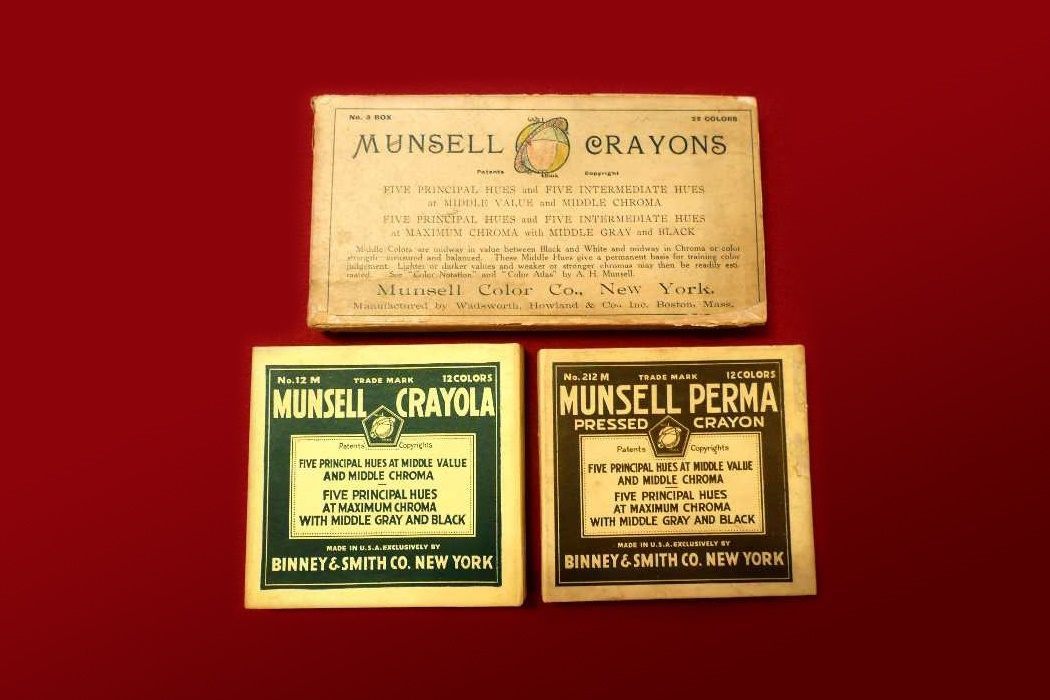Consider paint chips of variations on grey called “Through the Looking Glass,” “Whisper,” and “Bare Essence.” In the context of these words alone, such names, the product of marketing departments, are meaningless.
Yet this year we celebrate the 110th anniversary of the modern quantification of colors, giving such paint company branding some basis in the science of color and, perhaps more importantly, the science of perception.
Albert Henry Munsell (1858-1918) was an American painter, art teacher, and inventor of a color system first published in 1905 that is the foundation for modern color theory and practice. The Munsell Color System’s uses are still many, finding applications in botany, fabric dyeing, soil science, digitization of famous works of art, and, of course, the standardization of such colors as school bus yellow across the nation.
Edward R. Landa and Mark D. Fairchild tell Munsell’s story in American Scientist and reiterate Munsell’s primary lesson: color is a matter of human perception. Indeed, “color” doesn’t exist without human perception. And human perception, being human, varies from person to person and over an individual’s lifetime (as our mammalian eyes age, the lens harden, absorbing and scattering more short-wavelengths and turning the world yellower).
Standardization in the face of this reality has meant that scientists and artists have puzzled, delighted, and obsessed over color for a long time. Munsell followed in the footsteps of such luminaries as Johann Wolfgang von Goethe, Milton Bradley (of board game fame), Ogden Rood, and others in the 19th and early 20th centuries. Munsell, though, “concentrated solely on color perception as the basis for his model” and hit it out of the color chart with his A Color Notation of 1905, which went through 15 editions by 1945.
In turn, Munsell was followed by Dorothy Nickerson, who began her career as Munsell’s son’s secretary at the Munsell Color Company. Nickerson ultimately did much to “adapt the Munsell Color System to commercial applications and to describe its scientific basis” with more than 150 papers. Nickerson was called “the prophetess of color” on her death in 1985.
So it’s a Munsell-Nickerson color world out there, and we just live in it, and see it.







